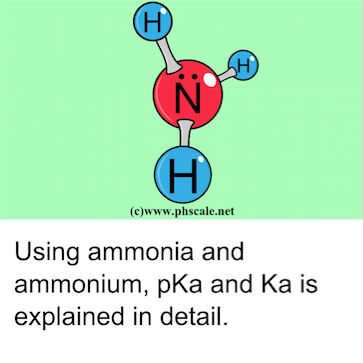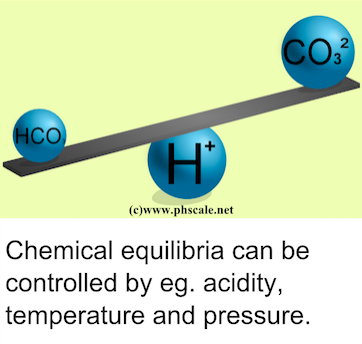Question about acetate buffer and what happens when HCl is added to such a solution
Debra ask:How do I attack this problem?
I want to compare the effect of adding 1mmol of HCL to 100 ml of 0.2M acetate buffer at two different starting pH’s.
(pKa of acetate buffer =4.7Initial pH = 4.7Initial pH = 5.7Thank you
Hi Debra,
There is both a short and long answer to your question. The short answer is that at pH=4.7 you are muchcloser to the equivalence point of your buffer (pH 4.7 when its a CH3COOHCH3COO–buffer) and at that pH the additionof HCl will cause a much larger change in pH than at pH=5.7.
However, you can calculate (this is the long answer) how much pH changes by doing some fairly simplecalculations. Since the explanation is not short I’ve made a separate webpage answering your question.It is namedacetate buffer.The answer is also found as a pdf document named acetate buffer. The Excel spreadsheet showing allthe calculations is shownhere.
Question about glucose and ionic strength
Anonymous ask:what would be the ionic strenth of say 100mM Glucose? where there is no charge?
Dear Anonymous,
When there is no charge there is no contribution to the ionic strength. Ionic strength only counts charge ions.So, for any standard calculation glucose is not considered charged – and do not contribute to the overall ionicstrength of the solution. You can refer to the page aboutionic strength.







